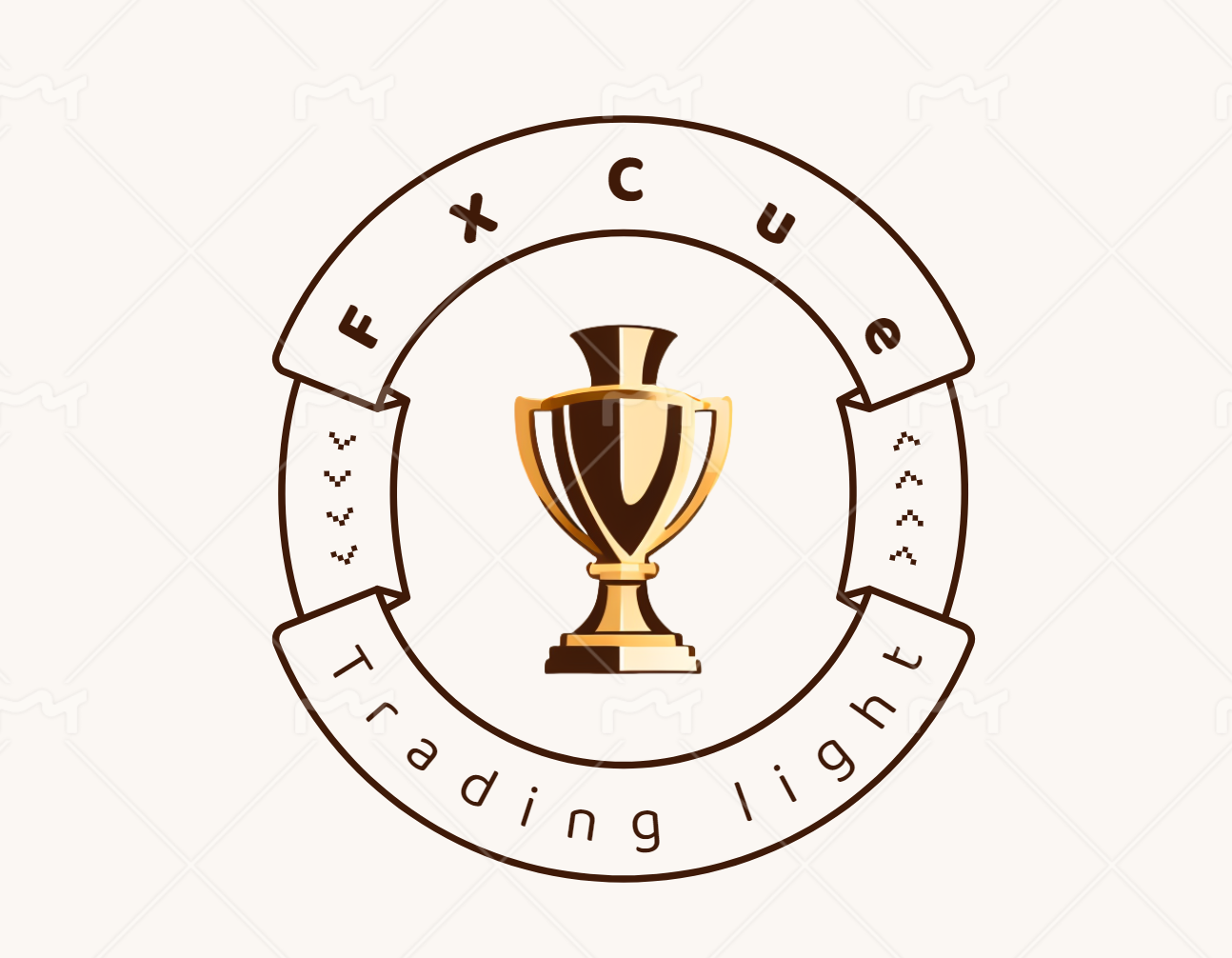Bank of America: Gold to silver ratio near two-year high, not expected to decline soon
Last week, Bank of America raised its gold forecast as demand from various market groups remained strong, but analysts were not so optimistic about silver.
Bank of America remains optimistic about silver and expects the average price to be around $35 per ounce this year. But the bank warns that if investors expect silver to outperform gold, they may feel disappointed.
Although gold prices have steadily risen above $3100 per ounce, silver is struggling to maintain its gains above $34 per ounce.
From a broader perspective, the gold to silver ratio is currently close to a two-year high above 92 points, which means that 92 ounces of silver are needed now to equal the value of 1 ounce of gold. The historical average level of this ratio is about 60 points.
Although there is still room for silver to rise, analysts at Bank of America expect the gold to silver ratio to remain high.
The analyst stated in the report, "We are still bullish on gold, but we will avoid the expected return of the mean price difference between gold and silver, as we have not found any cointegration phenomenon
Many analysts point out that in traditional precious metal bull markets, silver typically outperforms gold as prices are driven by rising inflation, falling interest rates, and declining real yields. But Bank of America pointed out that this rally is different.
Analysts said: "Recently, the central bank's buying has become the main catalyst behind the current gold price rise. Many emerging market banks have also increased their purchases of gold. They are worried that traditional 'safe assets' such as the US dollar and US treasury bond bonds cannot avoid the risk of freezing or confiscation. At the same time, silver is not suitable as a reserve asset because it is more difficult to store it. In fact, central banks have recently been net sellers of silver, whose demand is mainly driven by industrial applications."
Although gold and silver have had similar trends over the past 30 years, analysts say their research shows that there is almost no cointegration relationship between these two metals, which means investors should not expect to see a mean regression of price ratios.
The analyst said, "When we cointegration test gold silver pairs, only 20% of all monthly regressions from January 1996 to the present passed the test. In other words, we believe that gold silver pairs are cointegration only 20% of the time
At the same time, Bank of America did find examples of high cointegration during the period of market turbulence: the Asian market crisis in 1997, the Internet foam in 2002, the financial crisis from 2007 to 2008, and the tightening cycle of the Federal Reserve after the global financial crisis from 2015 to 2016.
However, the correlation between gold and silver was broken during the global pandemic in 2020, and further deteriorated after the outbreak of conflict between Russia and Ukraine in 2022 and subsequent Western economic sanctions against Russia.
Analysts said, "As countries shift from the US dollar to diversification, especially as the US takes strict measures to reduce budget and trade deficits, the rise in gold prices may continue. Gold is a scarce asset with limited additional supply through mining or recycling. Therefore, the sustained demand from central banks driven by recent geopolitical tensions may continue to trigger price reactions. However, we have not seen evidence of a mean reversion in gold and silver pairs
Although silver will still be under the shadow of gold this year, analysts believe that as industrial demand continues to exceed supply growth, silver will still receive good support.
Tips:This page came from Internet, which is not standing for FXCUE opinions of this website.
Statement:Contact us if the content violates the law or your rights
